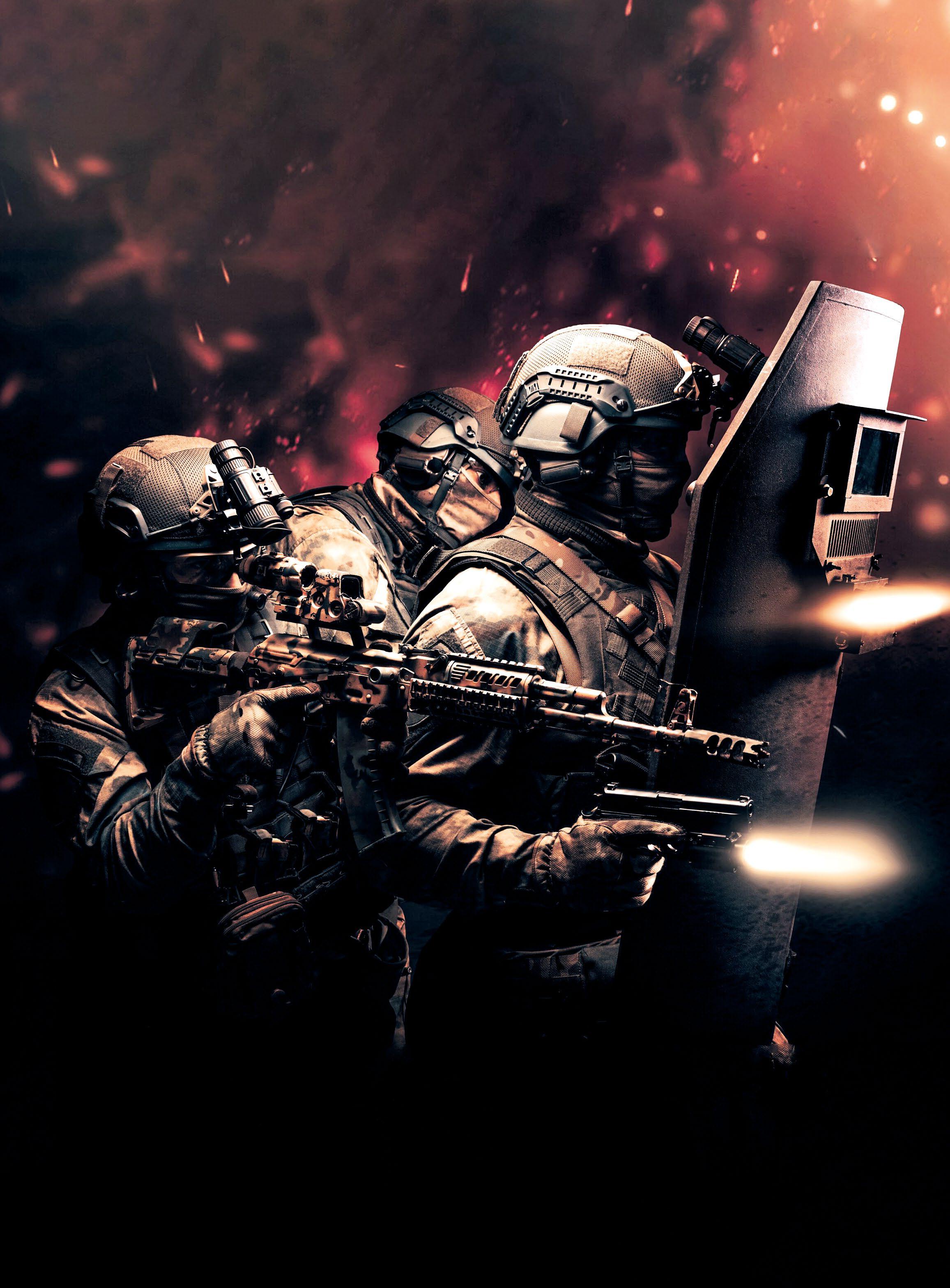Here was a game intended to finally break Counter-Strike into the console markets after a decade of popularity on PC. It felt alarmingly different to Counter-Strike: Source. The community feared the skills they’d honed over years would become redundant in order to let a new generation into the streets of de_dust2. That very well might have been the case, too, before Valve took over control from erstwhile developer Hidden Path and performed an about-turn over a period of years. By the time it was pointing magnetic north again, CS:GO became something nobody could have anticipated – not just the bedrock of competitive FPS esports, but a prototypical cryptocurrency economy where tradeable cosmetic items hold a market cap of billions of dollars. So, what’s Counter-Strike 2 like? Ask again in a decade.
[https://cdn.magzter.com/1387349800/1686816559/articles/HBTugh8-71686828444430/9679686689.jpg]
The current stage of its metamorphosis is familiar. Now it’s the CS:GO community’s turn to become concerned about time-honed skills becoming redundant in the process of welcoming a new generation of players, only mildly placated by how good their skins look in Source Engine 2. There are wholesale changes to player movement. Weapons feel different, and a ‘follow trail’ option gives you much more recoil information from your crosshair. The grenade game has already been transformed in numerous ways, from the removal of low skybox ceilings which CS:GO players used to exploit for fortuitous deflections to jump-throwing being made into a bona fide mechanic rather than a cvar bind. The minimap even shows you the range at which enemies can hear your footsteps. There is consternation on the streets of dust2.
[https://cdn.magzter.com/1387349800/1686816559/articles/HBTugh8-71686828444430/1188196619.jpg]
Most, but not all, of the most noticeable changes at this early stage of CS2’s lifespan do appear to consider the new player first and foremost. The alternative to having that sound-detection cone on your minimap is to play Counter-Strike games for years and develop an instinctive knowledge of how far sound carries instead. The follow-trail crosshair’s counterpart is simply learning the spray patterns of every gun, practising them until they’re committed to muscle memory and then learning the vagaries of how different movement inputs penalise your accuracy and modify each spray pattern. If you’ve been watching CS:GO from up in the bleachers with some trepidation until now, there’s no contest between the two options Valve gives you here.
[https://cdn.magzter.com/1387349800/1686816559/articles/HBTugh8-71686828444430/9896668689.jpg]
It’s the mid doors on dust2, though, where CS2’s technical innovations make themselves most known. Throwing a smoke out from T spawn to mid doors is the first action any player thinks of during a competitive round, and the way the smoke occupies that space here is a revelation. As promised in Valve’s promotional materials, the volumetric mass reacts impressively to surfaces around it, can be dissipated by a frag grenade explosion, or have holes punched into it by bullets. While the latter point was probably overplayed before CS2’s public tests began and conjured the image of a gimmicky mechanic, sustained rifle fire can momentarily disperse the smoke for long enough to get a peek at what lies beyond it. Changes to the Molotov, meanwhile, are more cosmetic. Inspired by CS:GO community member Zool’s Molotov rework project, they’re now replete with Zippo sound effects, a convincingly lit rag before tossing, and accurate liquid behaviour in the bottle.
[https://cdn.magzter.com/1387349800/1686816559/articles/HBTugh8-71686828444430/9671692917.jpg]
In order to achieve what were previously ubiquitous grenade tosses, though, CS2 players have to master manual jump-tossing. Before, players at higher ranks would have cvar binds set up to toss at the optimum point in their jump at the push of one button, but for now, that’s over. Now you need to time your throw within a 200ms window mid-jump to get the arc just right. Manage that, and you hear a grunt from your avatar signalling you performed the inputs successfully. This feels like real progress from Valve – taking an esoteric strategy by those in the know and turning it into a mechanic that is accessible to anyone. Players who came to depend on their cvars in the interim may feel differently.
Not every change is controversial. There is unanimous approval from the community towards Source Engine 2’s visual sheen, and while the extra fidelity visible in this release next to its 11-year-old forefather is subtle, to say the least, it serves the game well. This is an especially clean and readable game, with none of the murkiness of launch-era CS:GO. There’s nowhere for player models to hide in even the darker corners of dust2, no need to ...


